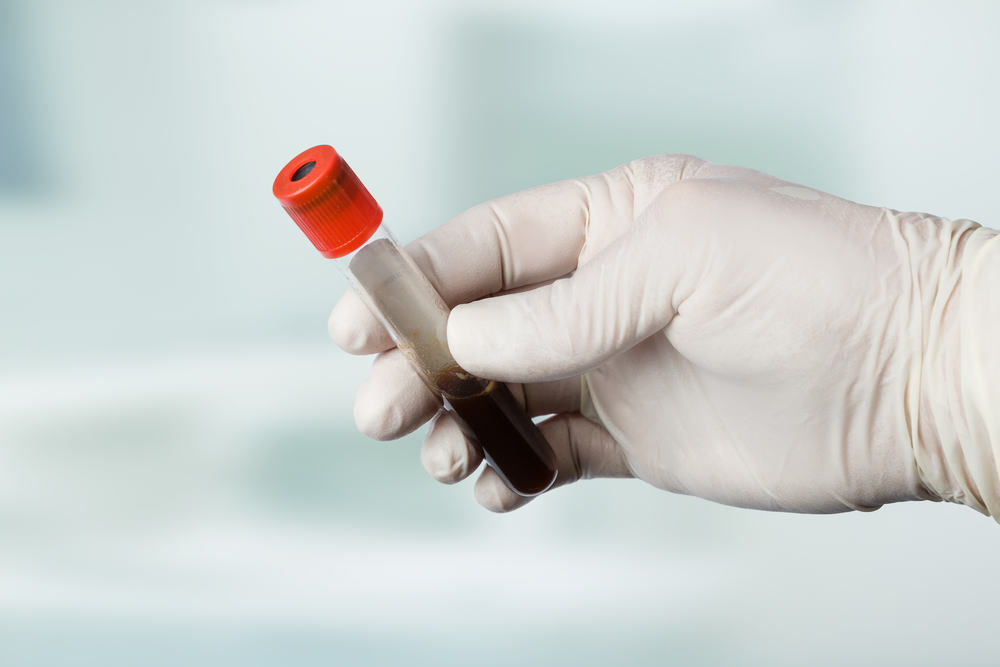After the main treatment for fractures is done, the doctor will prescribe fracture medication to help the recovery process. Giving this drug aims to relieve pain, help connect bones, and prevent infection if the broken bone penetrates the skin.
A fracture is a condition that occurs when a bone is severely injured, so that the bone structure is not strong enough to withstand the impact caused by the injury.

There are several things that can cause fractures. For example, when you fall from a high place, get into a traffic accident, get injured while playing sports, or when you hit your bone with a hard object.
Apart from physical injury, fractures can also be caused by medical conditions that make bones weak and porous, such as osteoporosis. This condition is characterized by decreased bone density, so bones break easily.
Fractures can happen to anyone and occur in any part of the bone. When you have a fracture, the part of the broken bone will be very painful (especially when moved), swelling in the injured area, bruising, and difficulty moving.
When experiencing an injury that causes a fracture, immediately go to the doctor for further examination and treatment. Fractures are generally treated by an orthopedic doctor. If the fracture is treated too late or if it is not treated properly, it can increase the risk of bone deformity.
Various Medicines For Fractures That Can Be Used
Treatment for fractures depends on the type and location of the fracture. The initial treatment for fractures is to return the broken bone to its proper position. Doctors can perform this process manually (eg with immobilization techniques using a bandage and cast) or surgically.
If the fracture is severe or if there is an open fracture, the doctor will attach special tools to the bone in the form of plates, screws, or rods to hold the bones together and align them. After the bones are aligned, the doctor will place a splint or cast to keep the bones from moving.
The length of time it takes for the bones to rejoin is about 6 weeks or more. During that time, the doctor will prescribe medication to help the recovery process.
The following are some fracture medications that can be given by a doctor:
1. Pain relief
The type of pain reliever (analgesic) that doctors usually give is a strong analgesic, such as morphine, fentanyl, tramadol, or ketorolac. This is because the pain in fractures is usually quite severe. However, for fractures whose pain is not too severe, mild analgesics can be used, such as ibuprofen and dandruff paracetamol.
2. Non-steroidal anti-inflammatory drugs (NSAIDs)
NSAIDs that are prescribed by a doctor include ibuprofen, meloxicam, cataflam, and celecoxib. As with analgesics, NSAIDs are also used to relieve pain. Not only that, this drug also works to reduce inflammation.
However, the use of this drug must be according to the doctor's recommendations and prescriptions. This is because several studies have shown that the use of NSAIDs is associated with impaired or slowed bone recovery.
3. Antibiotics
Antibiotics are usually given to fracture patients who have undergone surgery or have an open fracture. This aims to prevent infection in the wound or surgical incision. Antibiotics are also usually given to prevent or treat osteomyelitis due to bone.
4. Tetanus vaccine
When you have an open fracture, the injured part will also be injured. This wound puts germs at risk of entering and causing infection. One of the infections to watch out for is a tetanus infection.
Therefore, your doctor may give you the tetanus vaccine for fractures, especially open fractures.
During recovery, patients are also advised to eat foods rich in protein, calcium, and vitamin D. Intake of these nutrients plays an important role in helping bones reconnect and form bone strength.
When you have a broken bone, it is not recommended to massage or bandage the broken bone with certain herbs or herbs, because this action has the risk of causing complications that can hinder healing.
After the bone begins to heal, the doctor may also recommend the patient to undergo physical rehabilitation or physiotherapy. In the rehabilitation process, doctors and therapists will help patients to train injured bones and muscles so that they can move normally again.
In addition, the doctor will also explain what efforts you can take to maintain bone health. One of them is to undergo regular bone health checks. In addition to checking the progress of the condition of the broken bone, the examination is also intended so that treatment can be carried out immediately if other problems are detected in the bone.









